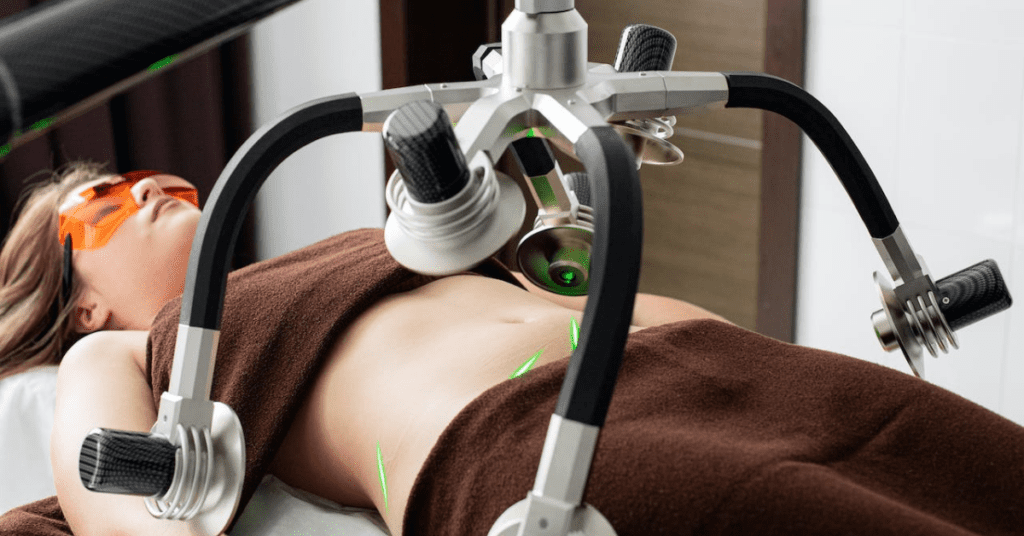Menstrual periods can bring about annoying cramps every month. While you might be accustomed to this, if the situation feels different and the pain restricts your movement, it might not be just ordinary menstrual pain.
The cramps experienced during menstruation are referred to as dysmenorrhea. Approximately 5-15% of the population suffers from severe menstrual pain, disrupting the daily activities of women. This discomfort is further classified into primary and secondary dysmenorrhea.

Types of Dysmenorrhea
1. Primary Dysmenorrhea:
- Doesn’t involve identifiable pelvic pathology.
- Commonly occurs in young women and teenagers, aged between 18 to 25.
- About 50% of cases of menstrual pain fall under this category.
2. Secondary Dysmenorrhea:
- Arises due to pelvic conditions such as endometriosis, adenomyosis, and fibroids.
- Endometriosis is a painful condition where the endometrial tissue grows outside the uterine cavity.
- Adenomyosis involves the presence of endometrial tissue within the myometrium (the muscular wall of the uterus).
- Fibroids are non-cancerous growths that can be excessively painful as they grow inside the endometrial cavity.
Coping with Dysmenorrhea
- Diagnosis and Examination:
- Commonly involves clinical examination and ultrasound scanning.
- In some cases, CT or MRI scans may be necessary.
- Treatment Options:
- A gynecologist can prescribe medications and birth control pills to alleviate pain and suppress ovulation.
- Taking E vitamin two days before and during menstruation may reduce menstrual pain.
- Psychotherapy and counseling can help change perceptions and attitudes towards the issue.
- If pain arises from complex pelvic conditions unresponsive to medication, surgery might be considered.

